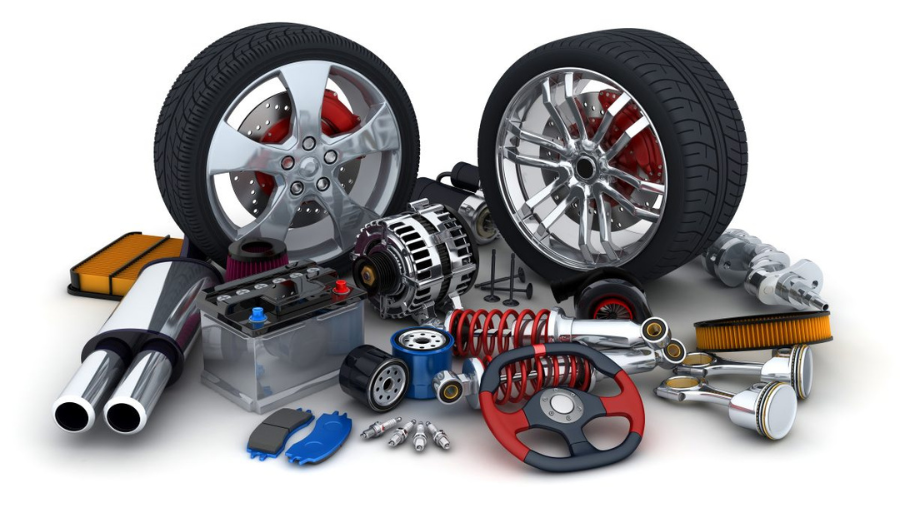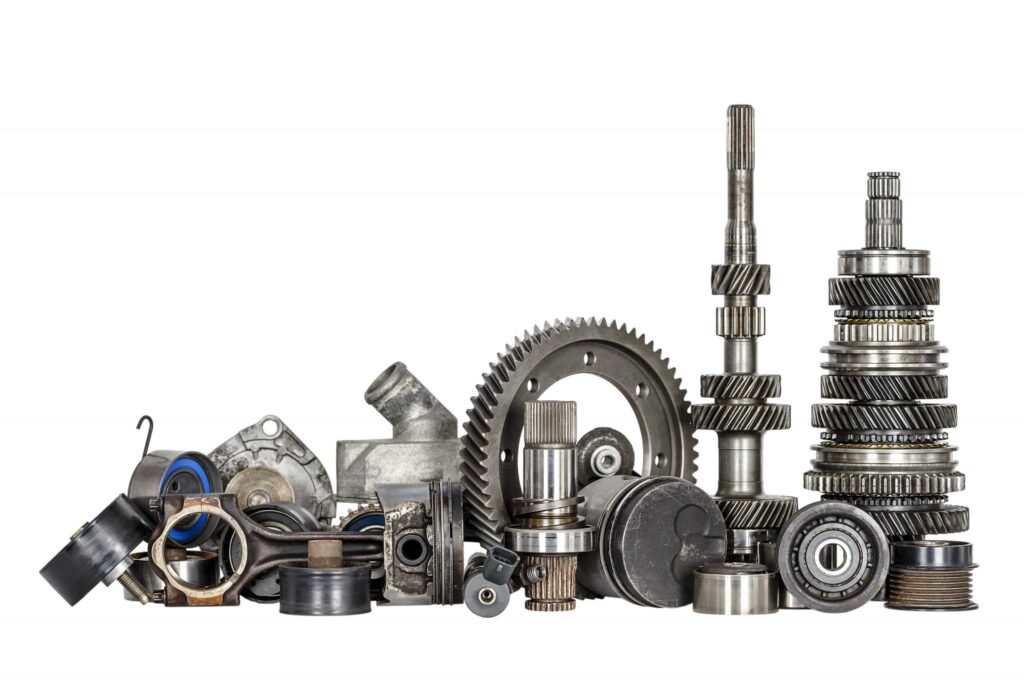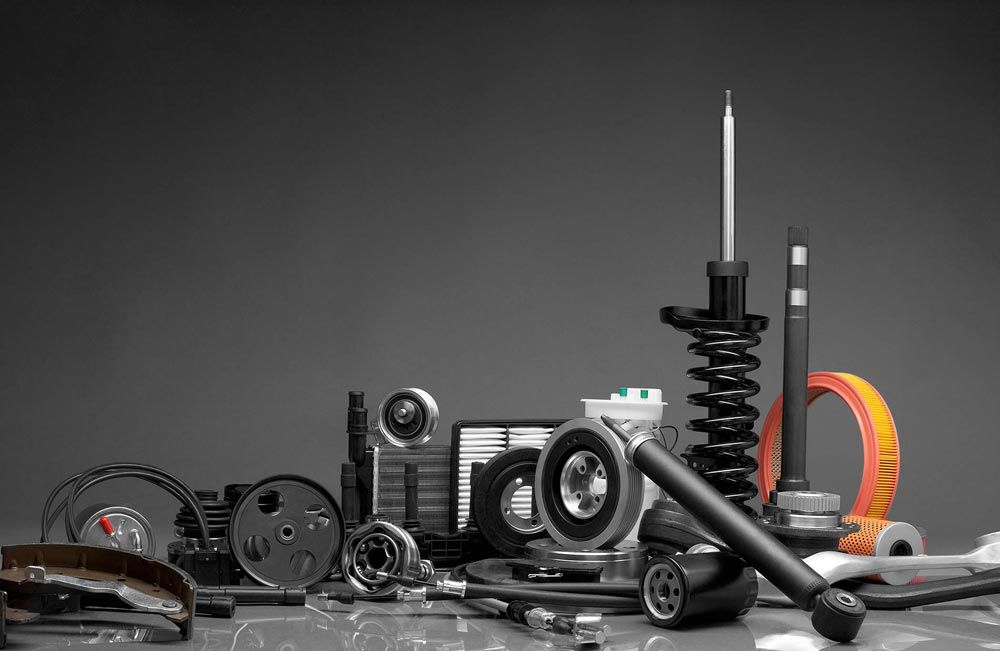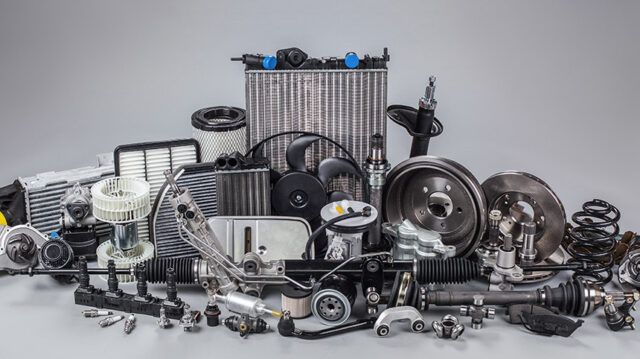Let’s talk about used car parts—a topic that’s often met with mixed feelings. For some, the idea of buying used parts sounds like a risky gamble, while others see it as a smart way to save money and help the environment.
The reality? It’s a bit of both. Buying used car parts can be a safe, budget-friendly decision, but it comes with a few caveats you should consider before diving in.
Which Car Parts Are Safe to Buy Used?

Not every part is a good candidate for the “used” market. Some parts are typically safer to buy used than others.
- Body Panels: Doors, hoods, and fenders are usually fine when bought used since they don’t affect the mechanics of the car.
- Mirrors: Provided they’re not cracked or damaged, mirrors are often perfectly functional when used.
- Wheels and Rims: As long as they’re not bent or damaged, used wheels and rims can be a good choice.
- Windows and Windshields: Though windshields can have wear, if they’re intact and free from cracks, they can be a safe used option.
If you’re looking for reliable sources, St Catharines auto parts is a great place to explore quality options for various car components.
Parts to Avoid Buying Used
On the flip side, there are a few parts that should probably be purchased new:
- Brakes: Brake pads, rotors, and calipers directly impact your safety. Buying new is generally the safer route.
- Electrical Components: Things like alternators or starters can be hit-or-miss. Electrical components are often more reliable when they’re new.
- Airbags and Seatbelts: For obvious reasons, these safety features are best purchased new to ensure they’ll function correctly in an emergency.
How to Shop for Used Car Parts Safely

So, you’ve weighed the pros and cons, and you’re interested in shopping for some used car parts. Here are some of the best ways to make sure you’re getting quality parts and avoiding scams.
1. Choose a Reputable Seller
The seller you choose makes a world of difference. Here are some types of reputable sellers to consider:
- Certified Auto Salvage Yards: Many salvage yards specialize in refurbishing and certifying used parts. Look for ones with good reviews or certifications.
- Specialty Shops: Some shops specialize in refurbishing parts for specific makes and models. If you’re driving a Honda, for example, find a place that works specifically with Honda parts.
- Online Marketplaces with Reviews: Sites like eBay and Amazon offer used parts from various sellers. Look for high seller ratings and check reviews on both the seller and the specific part.
2. Inspect the Part Thoroughly
If you’re buying a part in person, always give it a close look. Check for rust or cracks, surface rust can be okay on some parts, but cracks or deep rust could be a red flag.
Look for wear and tear. Worn areas could indicate the part is reaching the end of its life. Ask for part history. Some sellers may be able to tell you how old the part is, its mileage, or even why it was removed from the original vehicle.
3. Use Vehicle Identification Numbers (VIN)
Ask for the VIN of the car the part came from and match it with your own vehicle’s VIN to ensure compatibility. This is especially important for model-specific parts.
4. Ask About Return Policies
A reliable seller should have a reasonable return policy. If a part doesn’t fit or isn’t what you expected, it’s helpful to know you can return or exchange it. Most certified salvage yards and larger sellers offer returns, so don’t skip this step.
Conclusion

So, is it safe to buy used car parts? In many cases, yes—if you do your homework. By choosing a reputable seller, inspecting the part carefully, and knowing which components are safe to buy used, you can make smart, cost-effective choices for your vehicle.




